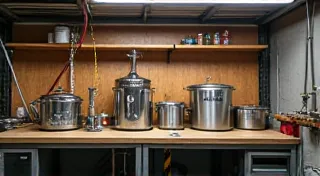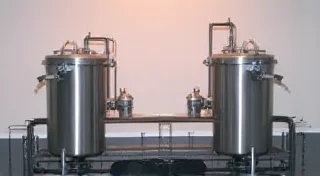The Importance of Air Locks in Home Brewing
Protect your brew from contamination! This article explains the function of air locks and how to choose the right type for your setup.
What is an Air Lock and Why Do I Need One?
When you start home brewing, you're entering a world of controlled environments and careful processes. One of the most crucial pieces of equipment you're likely to encounter is the air lock. But what *is* an air lock, and why is it so vital to successful beer making?
Simply put, an air lock is a device that allows carbon dioxide (CO2) to escape from your fermenting beer while preventing oxygen and unwanted microorganisms from entering. During fermentation, yeast consumes sugars and produces alcohol and CO2. That CO2 needs to go somewhere! If it's trapped, it can create excessive pressure inside your fermentation vessel, potentially leading to leaks, explosions (though rare, it *can* happen!), or a mess. A stuck fermentation, for example, can cause significant pressure build-up; knowing when and how to troubleshoot common home brewing problems is vital.
More importantly, an air lock protects your beer. Wild yeasts and bacteria are everywhere, and they can quickly ruin a batch, resulting in off-flavors and an unpleasant brew. An air lock acts as a one-way valve, allowing the CO2 to vent without letting those pesky contaminants in.
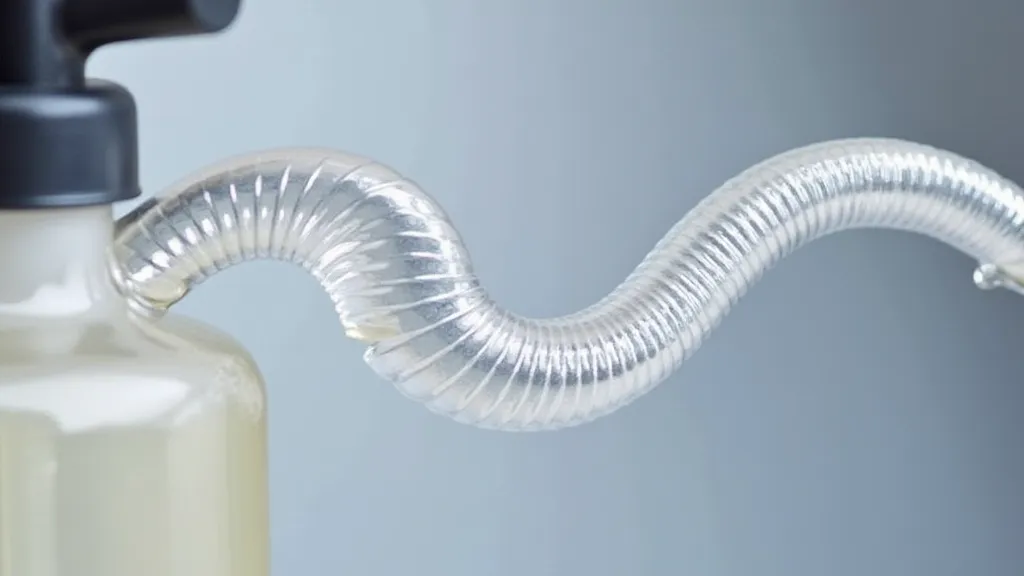
Understanding the Science: IBU, SRM, and Fermentation
Before diving into air locks, it’s helpful to understand a bit about the process itself. The character of your beer, from its bitterness to its color, is determined by numerous factors, measurable by metrics like IBU (International Bitterness Units) and SRM (Standard Reference Method). A well-balanced beer has a specific IBU and SRM, and the fermentation process itself greatly impacts these values. A failure in the fermentation, or the presence of unwanted organisms, can drastically alter these parameters, leading to an unsatisfactory result. Understanding these factors is a critical step toward consistent, quality brewing.
Types of Air Locks
While the basic function remains the same, there are several different types of air locks available. Here's a breakdown of the most common ones:
- S-shaped Air Locks: These are probably the most recognizable and widely used. They’re simple, effective, and relatively inexpensive. They consist of an "S" shaped tube filled with sanitizing solution (usually water with a sanitizing tablet or Star San). The bubbling CO2 forces its way through the solution, creating a visible demonstration of fermentation, while the liquid barrier prevents oxygen and contaminants from entering.
- Three-Piece Air Locks: Similar in function to S-shaped locks, these often consist of a base, a tube, and a cap. They can sometimes be easier to clean and disassemble.
- One-Piece Air Locks: These are generally simpler designs that rely on a valve mechanism to release CO2 and prevent air entry. They are often used on smaller fermentation vessels or when simplicity is preferred.
- Baking Soda/Water Method: A very basic and often temporary solution is to use a loosely fitted lid filled with water and a small amount of baking soda. The baking soda neutralizes any incoming air and any leaks. It's not as reliable as a dedicated air lock and best used for short fermentation times. While this method *can* work in a pinch, ensuring your equipment and brewing process are consistently sanitary is paramount to avoiding issues that could arise later on, such as a ruined batch or unexpected off-flavors.
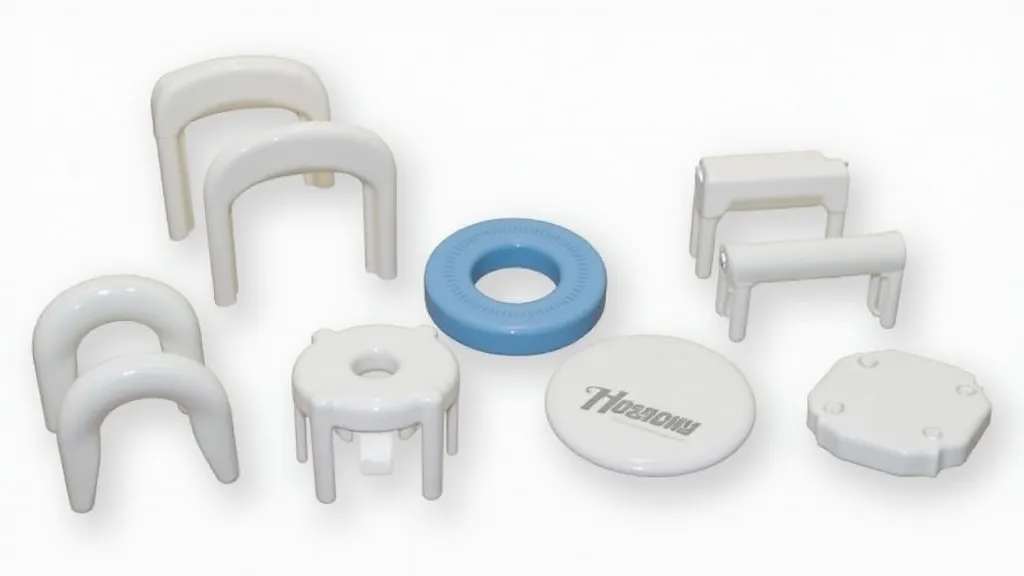
Choosing the Right Air Lock
The best type of air lock for you depends on your setup and preferences. Here are a few things to consider:
- Fermentation Vessel Size: Larger fermentation vessels often benefit from larger or more robust air locks to handle the higher volume of CO2 produced. The pressure inside a carboy during fermentation is directly related to its size and the yeast's activity.
- Ease of Cleaning: Disassembleable air locks are generally easier to clean thoroughly, which is crucial for maintaining a sanitary environment. Thorough cleaning is particularly important if you're opting to troubleshooting common home brewing problems, as it helps eliminate potential sources of contamination.
- Visibility: S-shaped and three-piece locks offer excellent visibility into the fermentation process, allowing you to monitor the activity.
- Budget: Air locks are generally inexpensive, but prices can vary slightly depending on the design and material.
Beyond the Air Lock: Bottling vs. Kegging
Once fermentation is complete, you’re faced with another decision: bottling or kegging. Both methods have their pros and cons. Bottling requires careful attention to carbonation and priming sugar calculations. Kegging offers more control over carbonation and allows for easy dispensing. Ultimately, the best method depends on your preferences and the equipment you have available. A poorly carbonated bottle can ruin an otherwise excellent brew, so consider your options carefully.
Installation and Maintenance
Installing an air lock is usually straightforward. Most fermentation buckets and carboys are designed with an airlock hole. Ensure the airlock is properly seated and the sanitizing solution is filled to the correct level (follow manufacturer's instructions). Regularly check the solution for cloudiness or contamination. Replace the solution after each batch – this is a simple step that can significantly contribute to the quality of your beer. Proper sanitization is more than just replacing the airlock solution; it’s an overarching principle that should be applied to all your brewing equipment. Remember that even the smallest oversight can compromise an entire batch.
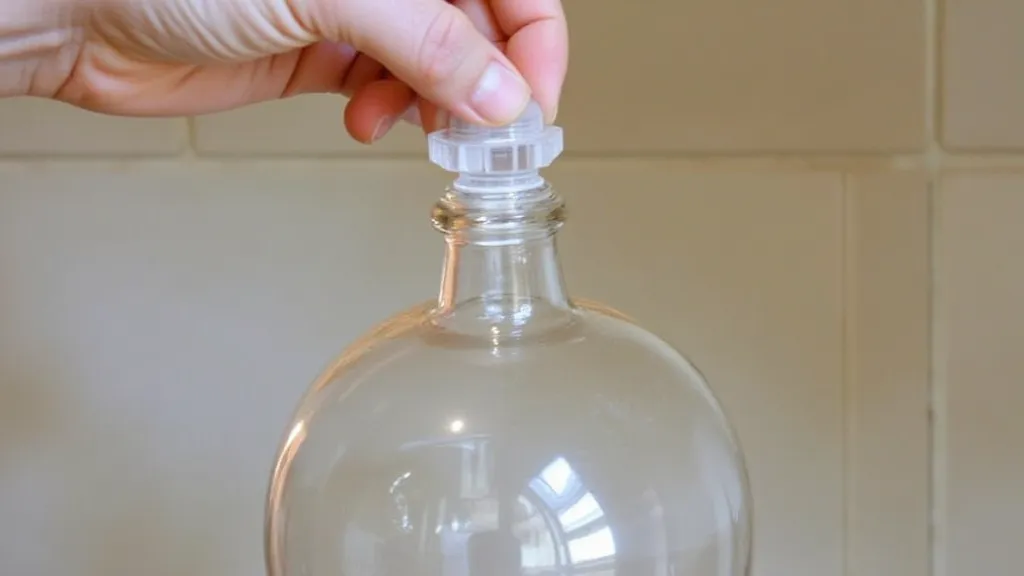
The Role of Temperature and Yeast Health
While an air lock is essential, it’s only one piece of the puzzle. Temperature control during fermentation is absolutely crucial. Yeast thrives within a specific temperature range, and deviations from this range can lead to stressed yeast, off-flavors, and an incomplete fermentation. Additionally, the health and vitality of your yeast are paramount. Proper yeast storage and rehydration techniques can significantly impact the quality of your beer. A compromised yeast culture can lead to a failure to achieve the desired IBU and SRM, resulting in a beer that doesn't meet your expectations.
Conclusion
Don’t underestimate the importance of an air lock in your home brewing setup. It’s a small, inexpensive piece of equipment that plays a vital role in protecting your beer from contamination and ensuring a successful fermentation. Investing in a good quality air lock and maintaining it properly is a worthwhile investment in the quality of your homebrew. Remember that brewing is a science and an art, and careful attention to detail – from yeast health to airlock maintenance – is the key to consistently producing delicious and rewarding beer.
